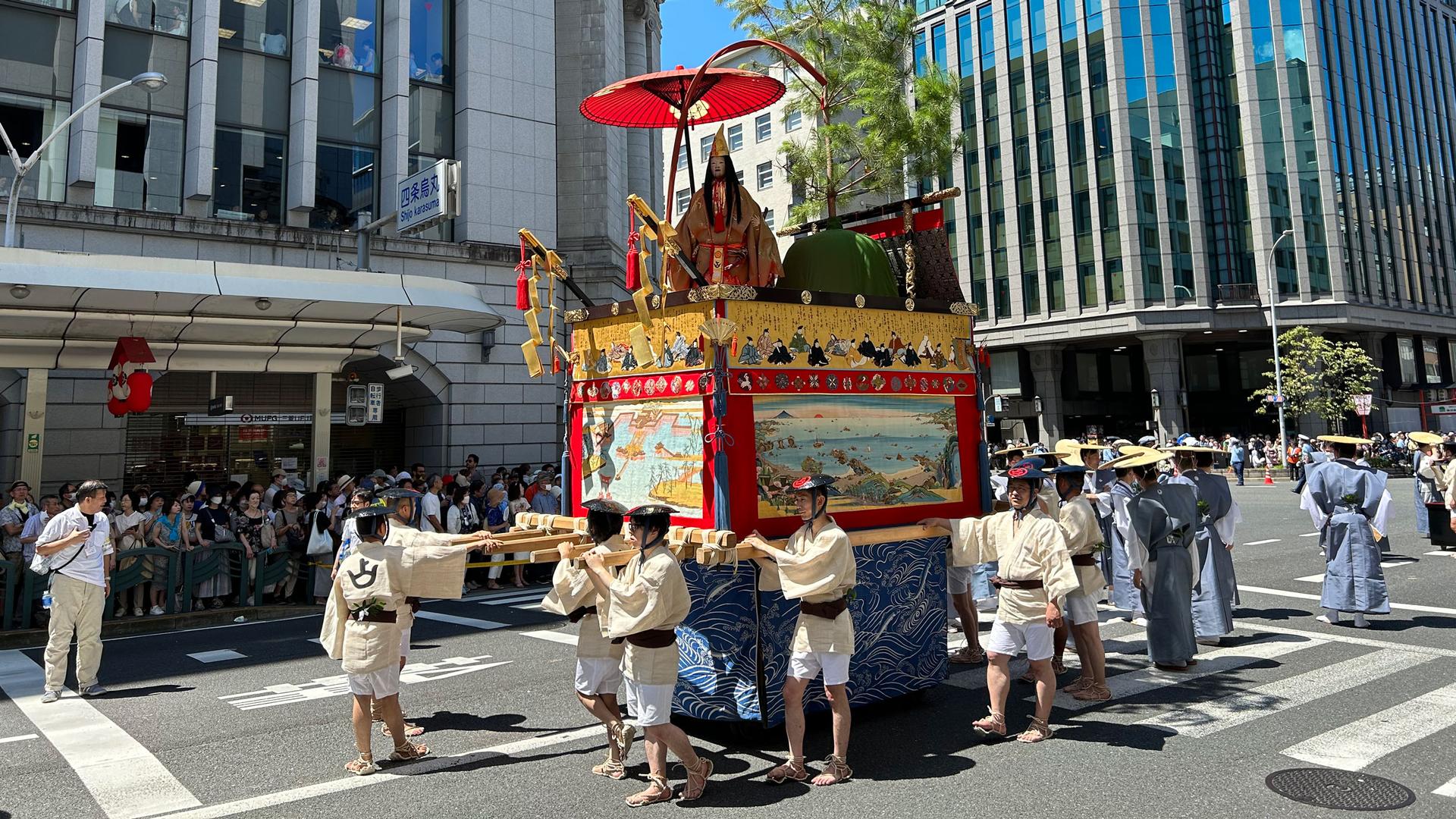Bells, gongs and flutes chimed atop massive floats decked out in lavish tapestries and treasures throughout Kyoto, Japan, as the grand 1,000-year-old Gion Matsuri festival resumed in all its glory this July after four years of pandemic shutdowns.
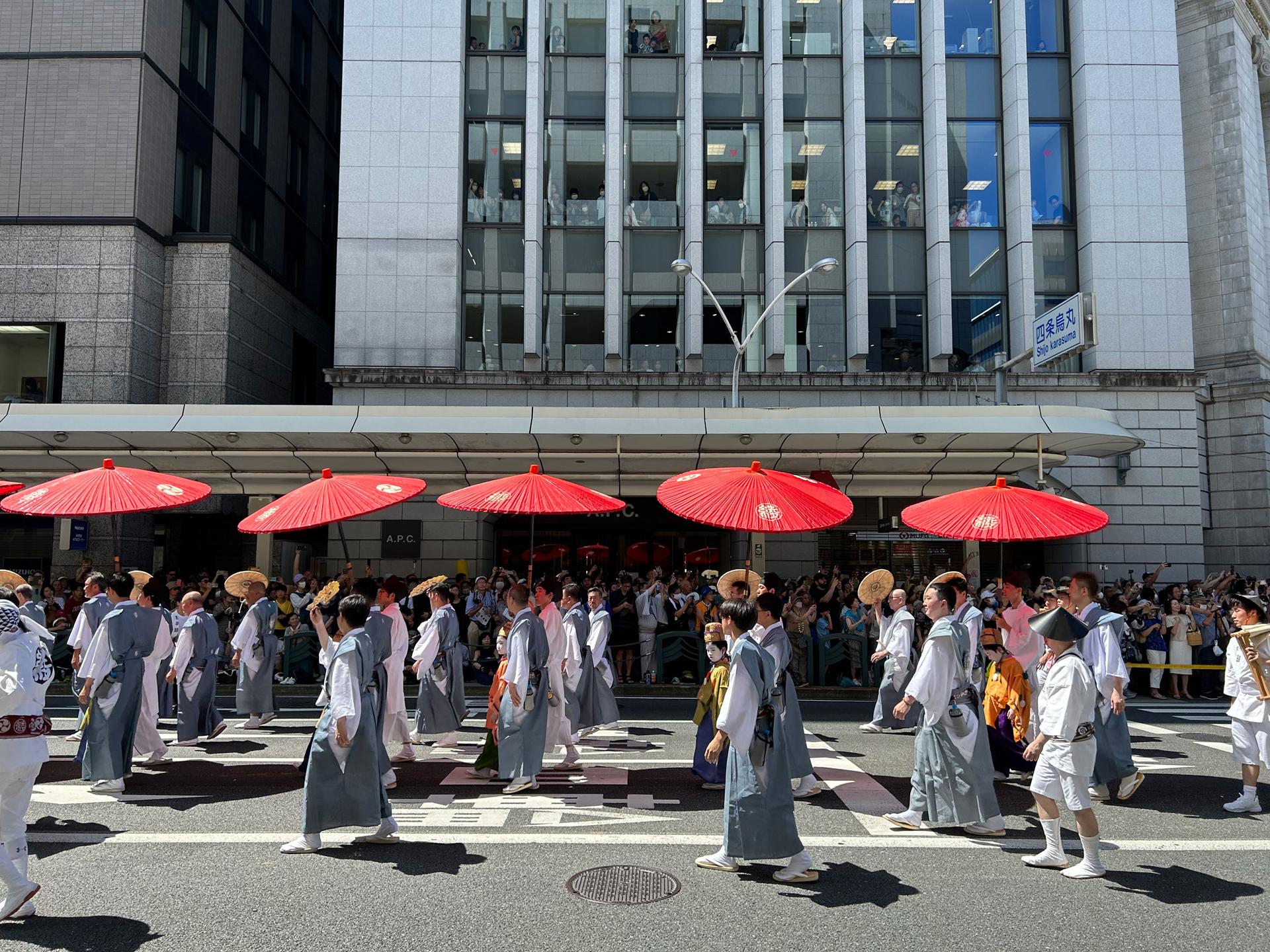
Massive throngs of people from across Japan as well as international visitors came to the festival this year.
This UNESCO World Heritage event originally started as a custom to appease the gods and prevent plagues but has now evolved into a major event. Large floats up to 80 feet tall and weighing up to 12 tons are pulled through the streets by groups of 40 to 50 men. Each float has a legendary story attached to it.
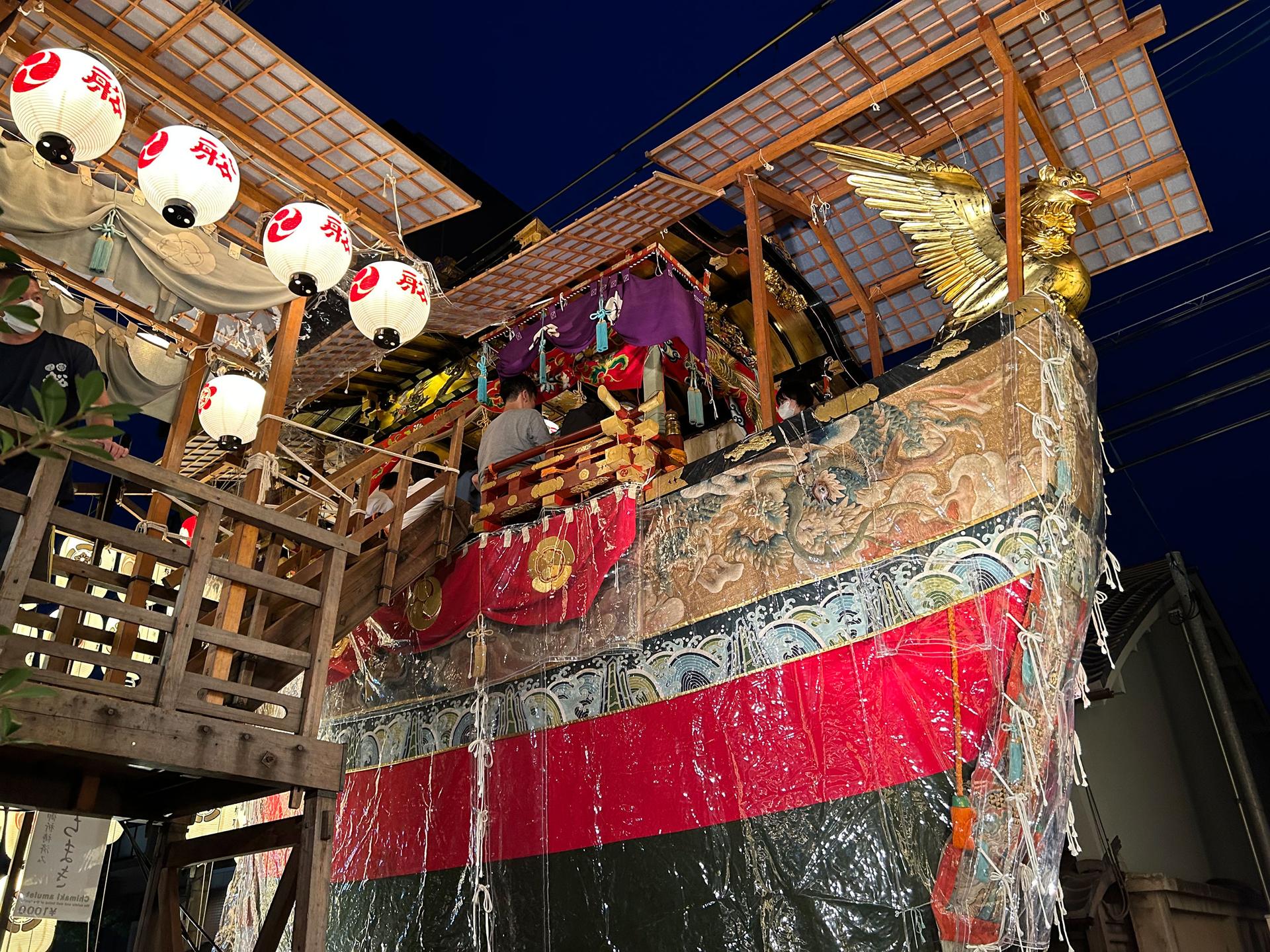
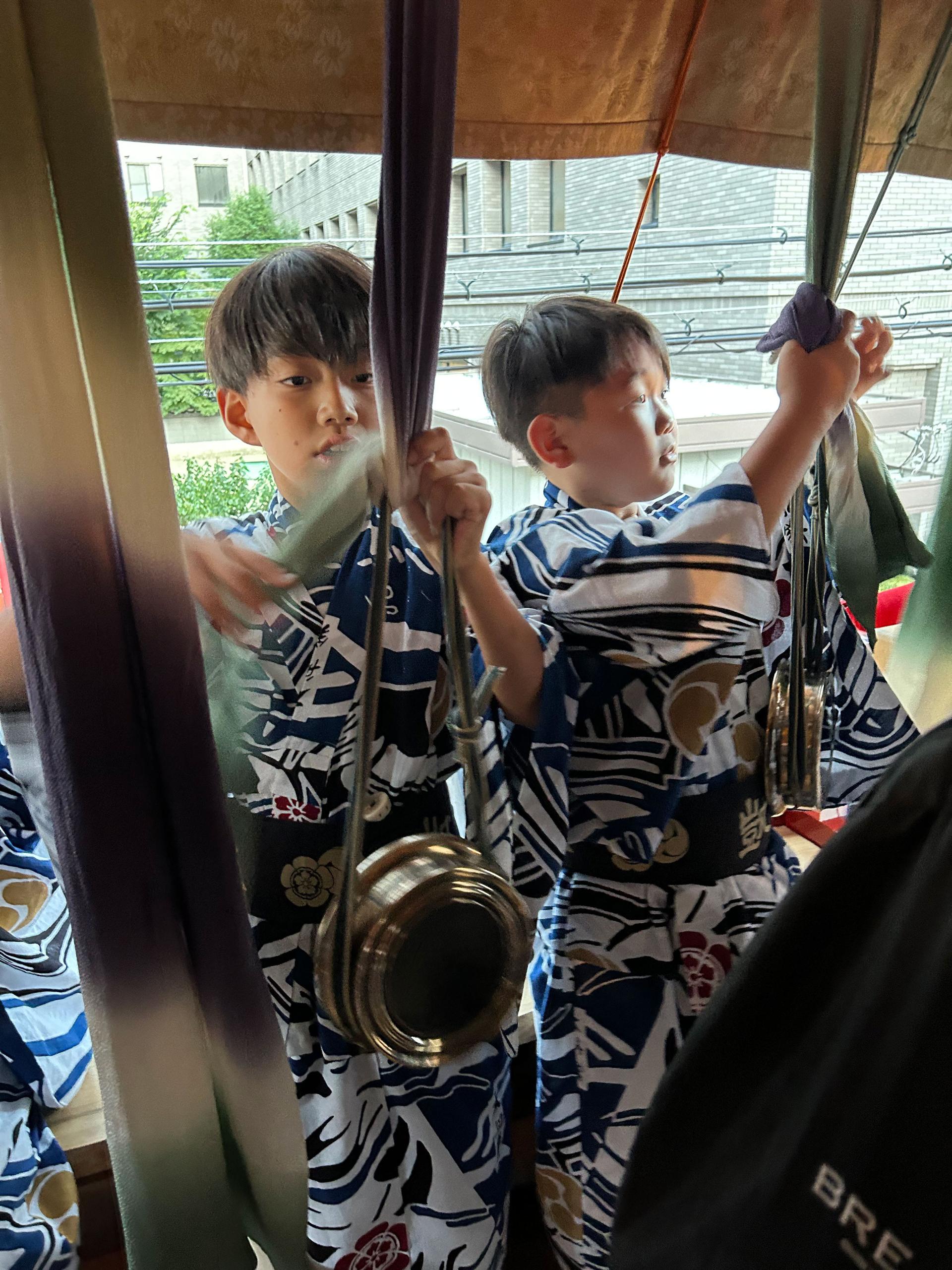
Even today, the festival continues the practice of selecting a local young boy to be a celestial divine messenger called a chigo san. The child cannot set foot on the ground from July 13 until after he has been paraded through town on July 17. The chigo san rides on top of the gorgeous main float, Naginata Hoko, and cuts a sacred rope with a sword to signal the start of the procession.
These stunning floats appear as movable art museums featuring a collection of Kyoto’s finest craftsmanship and artistry, yet they are maintained by neighborhood guilds.
Excited viewers on both sides of the street applauded and cheered for the men from various neighborhoods who pulled each float by hand.
On top of each of the major floats sat a group of musicians playing a harmonious symphony of gongs, bells and drums called Gion Bayashi music. The Gion Bayashi music rhythm pattern makes the sound of “konchikichin,” and this comforting rhythm brings the community together throughout the festival.
It was also fascinating to watch how these massive floats get turned. Float handlers laid out many cut and flattened pieces of bamboo slats on the ground. They then pour water on top of the bamboo slats. As the float handlers chant, they work in unison to pull the entire float so that the large wheels slid across the bamboo slats. They repeat the process until the entire float has turned.
Wandering through the main Yoiyama festival prior to the procession, hundreds of thousands of people flowed onto Kyoto’s major streets, which were closed to traffic so that festival-goers could also enjoy delicious snacks from stalls selling yakitori, okonomiyaki, taiyaki and more.
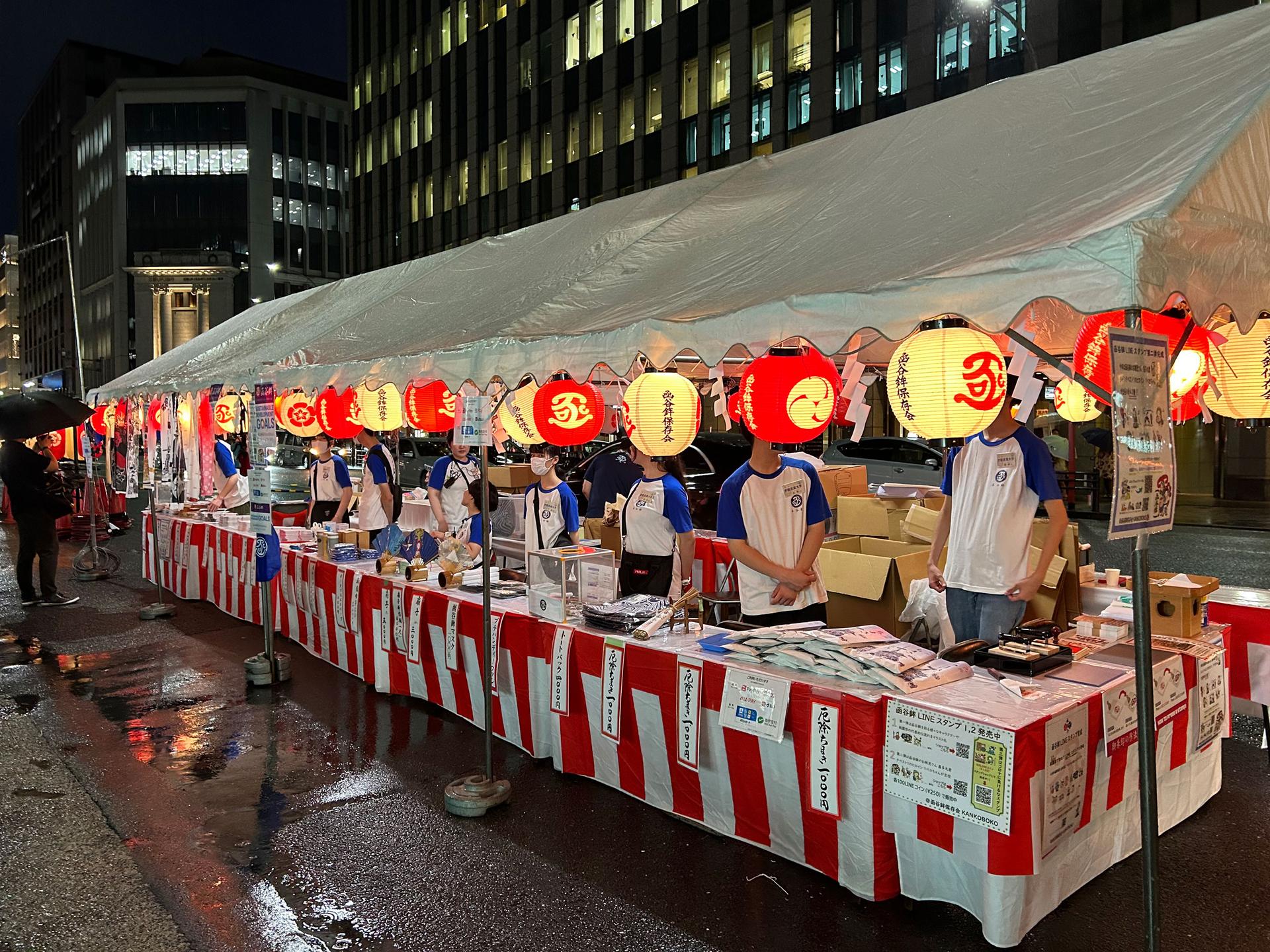
The festival wraps up at the end of July with several events at the main shrine, where special golden palanquins housing deities called Mikoshi reside.
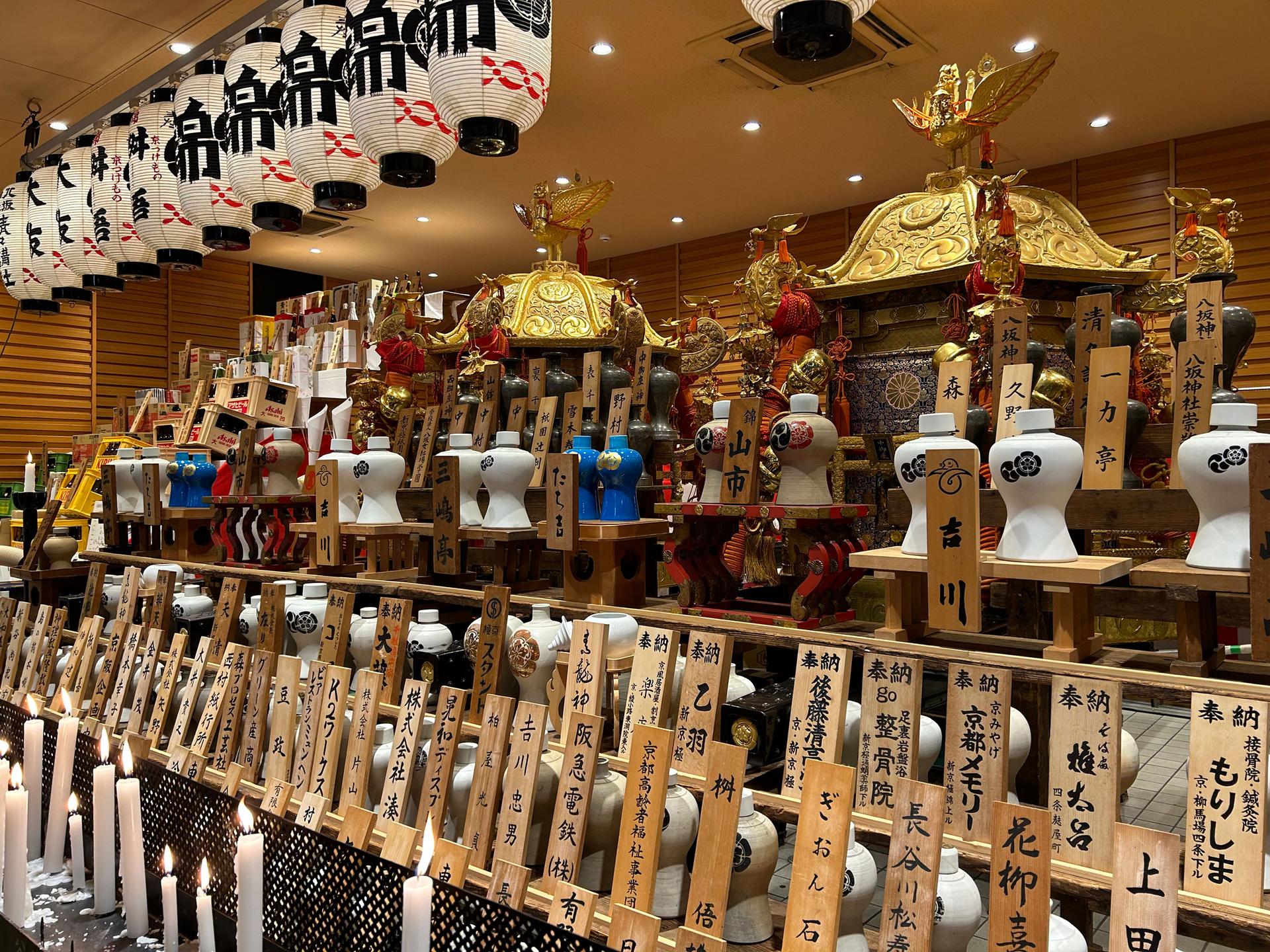
A sacred wreath made of ropes is set up so that people can cross it to gain blessings and good luck.
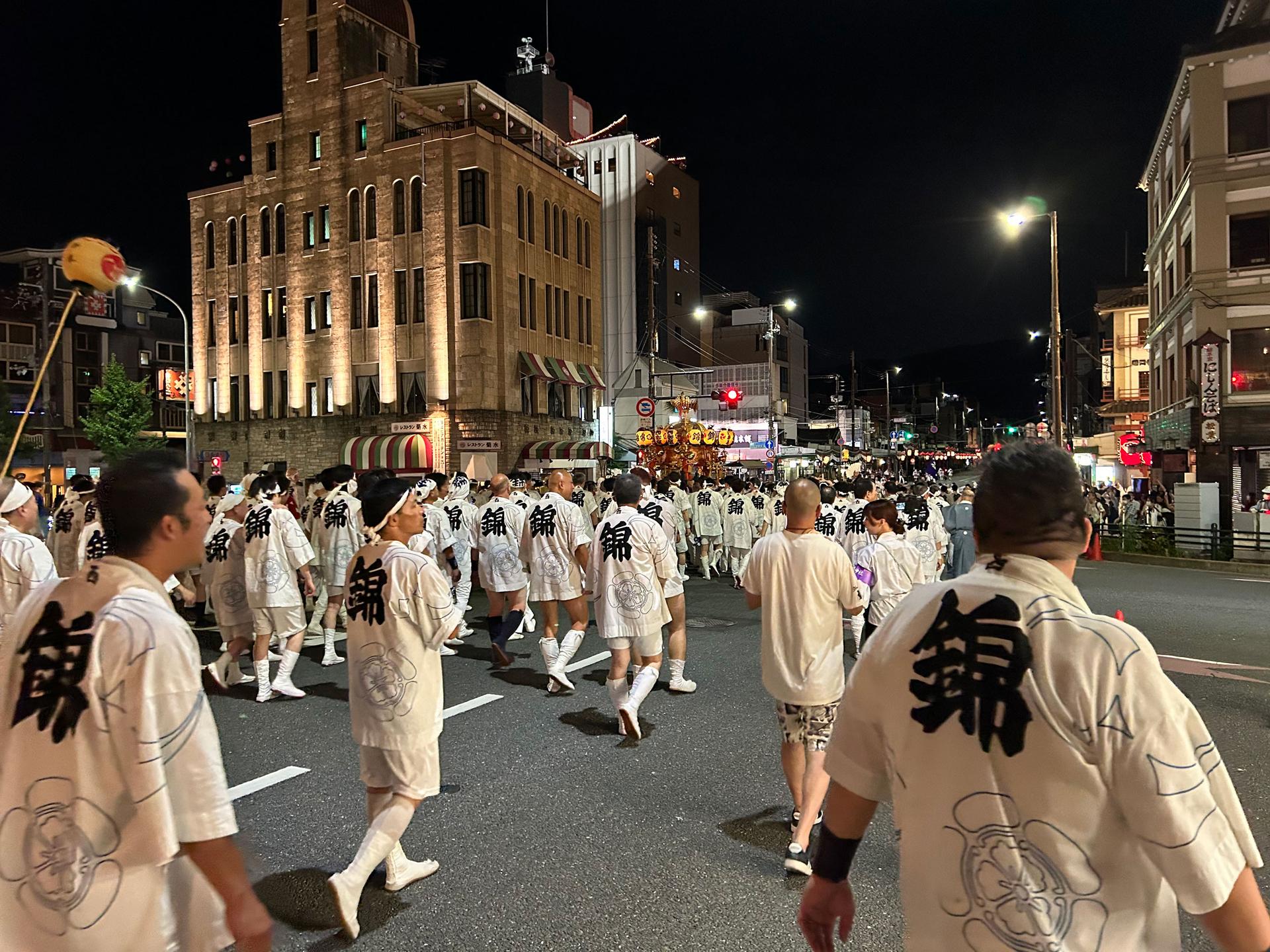
This year’s festival offered up many memorable moments, including the unique float with a wooden praying mantis on top of an oxcart — the only mechanical float in the entire procession.
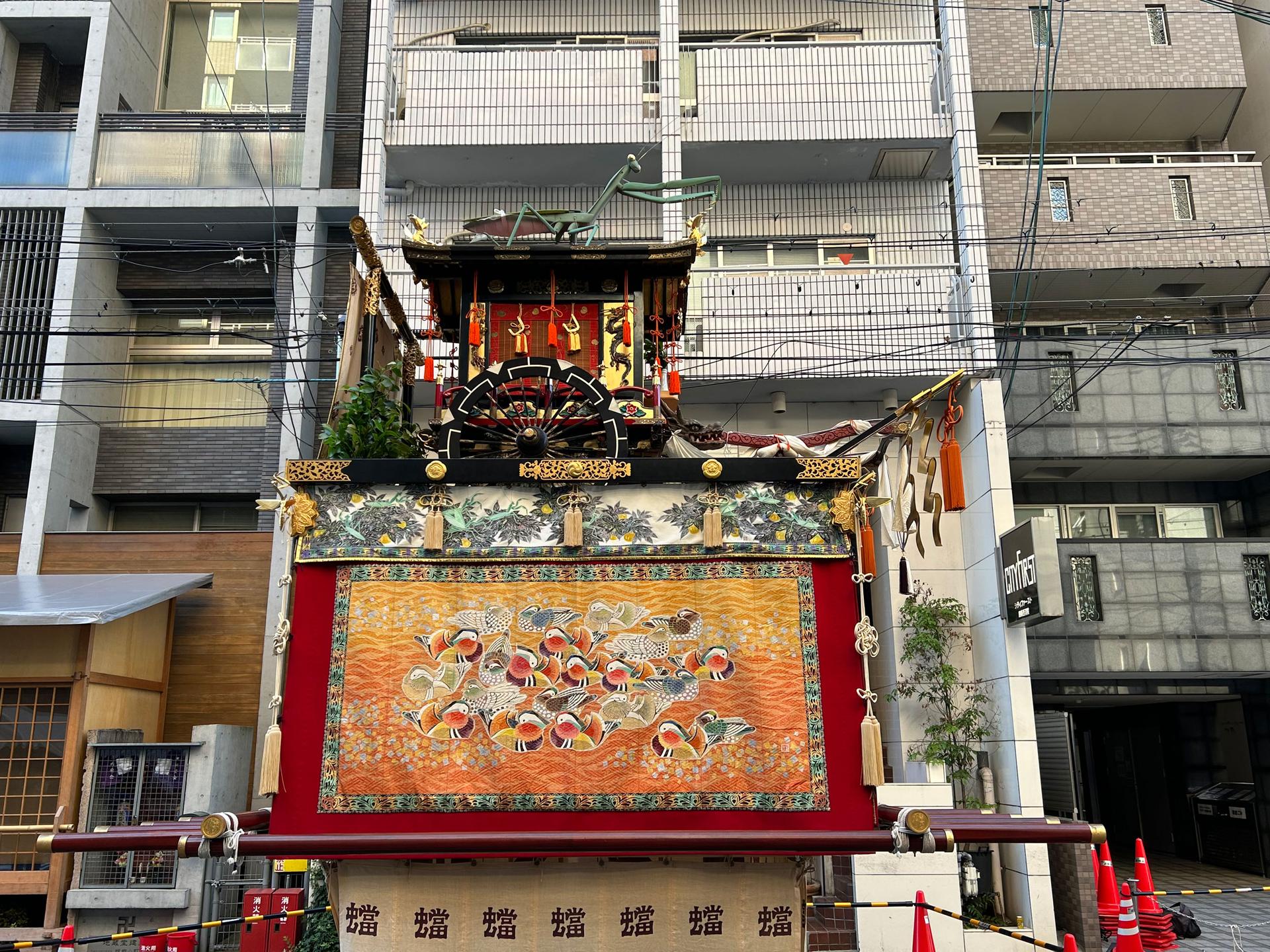
When the craftsman opened the praying mantis’ wings and moved its head by using mechanical levers, everyone cheered in sheer delight. This mechanical praying mantis must have stunned the crowds centuries ago.
For more photos of the Gion Matsuri festival by Monica Narang, check out her Instagram account: @mopica.
The World is an independent newsroom. We’re not funded by billionaires; instead, we rely on readers and listeners like you. As a listener, you’re a crucial part of our team and our global community. Your support is vital to running our nonprofit newsroom, and we can’t do this work without you. Will you support The World with a gift today? Donations made between now and Dec. 31 will be matched 1:1. Thanks for investing in our work!
